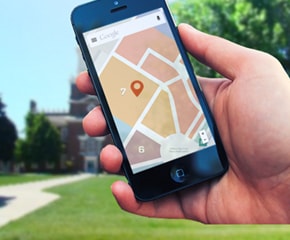Marion Armstrong Presents the First Portable Superheterodyne Radio Receiver to Henry Ford Museum, September 22, 1967
Add to SetSummary
This photograph shows the first portable superheterodyne radio receiver, designed by Edwin Armstrong. Superheterodying was a major communications discovery made by Armstrong. High and low frequencies were mixed to produce powerful, selective radio waves. Following his untimely death, Edwin's wife Marion Armstrong continued to preserve his legacy; she donated this radio to The Henry Ford museum in 1967.
This photograph shows the first portable superheterodyne radio receiver, designed by Edwin Armstrong. Superheterodying was a major communications discovery made by Armstrong. High and low frequencies were mixed to produce powerful, selective radio waves. Following his untimely death, Edwin's wife Marion Armstrong continued to preserve his legacy; she donated this radio to The Henry Ford museum in 1967.
Artifact
Negative (Photograph)
Date Made
22 September 1967
Subject Date
22 September 1967
Keywords
United States, Michigan, Dearborn
Presentations (Communicative events)
Collection Title
On Exhibit
By Request in the Benson Ford Research Center
Object ID
EI.1929.N.B.47446
Credit
From the Collections of The Henry Ford.
Color
Black-and-white (Colors)
Dimensions
Height: 4 in
Width: 5 in





